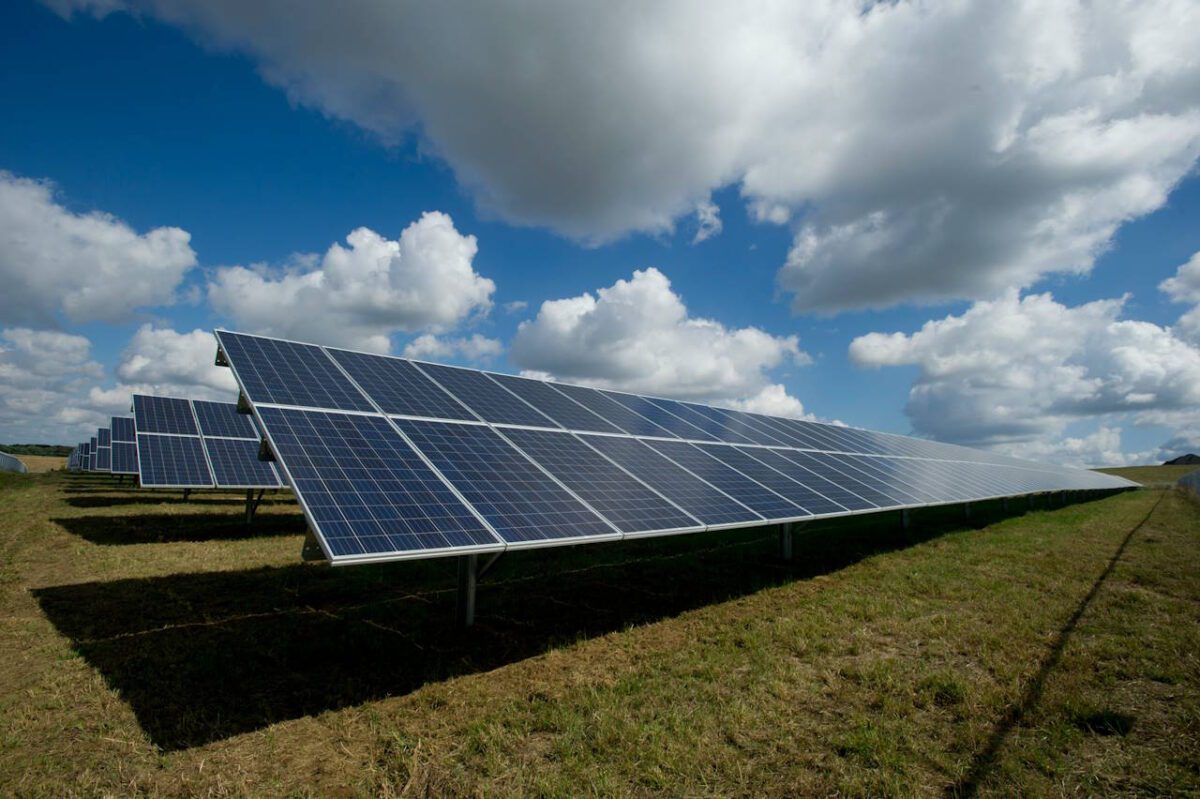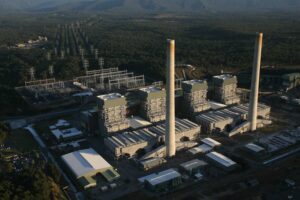Surging global electricity demand will not be enough to prop up the coal industry any longer, according to a new report from the International Energy Agency (IEA), which predicts that renewable energy generation will “eclipse” the amount generated by coal in 2025.
The IEA published its latest Electricity Mid-Year Update late last week, which predicts that “global electricity consumption is expected to increase at the fastest pace in years, fuelled by robust economic growth, intense heatwaves and continued electrification worldwide.”
The IEA expects electricity demand to increase by around 4 per cent in 2024, up from only 2.5 per cent in 2023, and will maintain that level of growth through 2025 as well.
This marks the highest level of growth since 2007 with the exceptions of the sharp rebounds in 2010 after the global financial crisis and 2021 following the COVID 19-fuelled collapse in demand.
The accelerated growth in electricity demand is being driven by China, India, and the United States, outstripping the growth of global GDP (3.2 per cent) after two years where GDP increased at a rate ahead of that of electricity demand.
Accelerated growth is also expected in the renewable energy sector in both 2024 and 2025, with the IEA predicting that renewables will account for 35 per cent of global electricity supply in 2025.
Demonstrating renewable energy’s dominance in the power sector, the IEA expects global renewable energy generation in 2025 to “eclipse the amount generated by coal for the first time.”
In fact, Solar PV alone is expected to meet roughly half of the growth in global electricity demand over 2024 and 2025, with wind energy meeting another quarter of growth. Meanwhile, both wind and solar will together surpass hydropower generation in 2024.
However, renewable energy’s milestone year comes due to its own growth, and not the decline of coal. The IEA does not expect global power generation from coal to decline in 2024 due in large part to the strong growth in demand in China and India.
Even this is up in the air, however, with the IEA acknowledging the possibility of Chinese hydropower production recovering enough in the second half of 2024 to curb coal-fired power generation.
Despite this, the IEA still sees carbon dioxide emissions (CO2) from the power sector plateauing, with a slight increase expected in 2024 to be followed by a decline in 2025. Again, though, the potential of China’s hydropower sector’s to rebound enough to curb coal use could wipe out the expected CO2 emissions increase in 2024.
“Growth in global electricity demand this year and next is set to be among the fastest in the past two decades, highlighting the growing role of electricity in our economies as well as the impacts of severe heatwaves,” said Keisuke Sadamori, IEA director of energy narkets and security.
“It’s encouraging to see clean energy’s share of the electricity mix continuing to rise, but this needs to happen at a much faster rate to meet international energy and climate goals.
“At the same time, it’s crucial to expand and reinforce grids to provide citizens with secure and reliable electricity supply – and to implement higher energy efficiency standards to reduce the impacts of increased cooling demand on power systems.”










